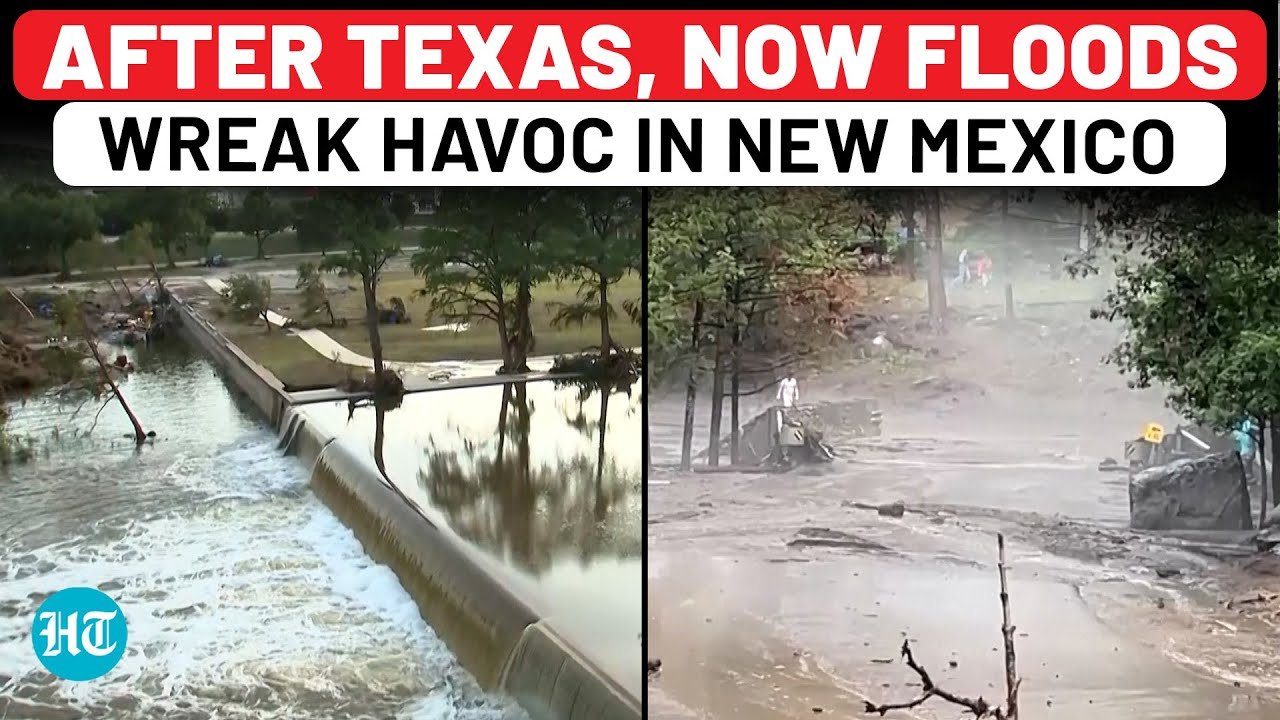Texas and New Mexico Floods: A Tale of Two Outcomes
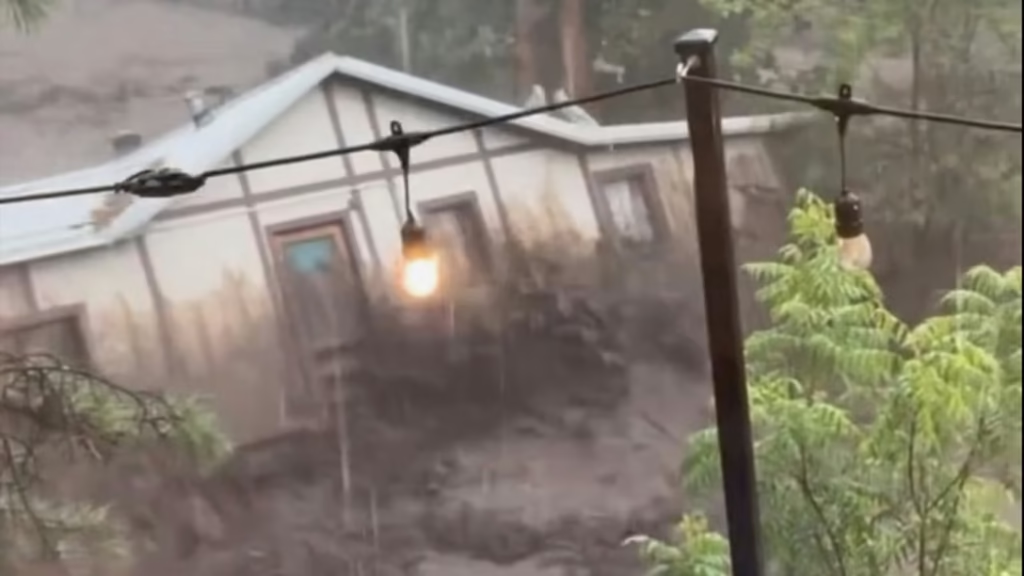
Texas and New Mexico floods in early July 2025 delivered a sobering reminder of how disaster preparedness can change outcomes. Although both states were hit by extreme weather, the results were dramatically different. In New Mexico, the mountain town of Ruidoso faced serious property damage but returned to near-normalcy within a day. In contrast, Texas suffered catastrophic losses, with over 100 lives lost. The response to the Texas and New Mexico floods highlights how timing, readiness, and terrain influence survival and recovery.
Ruidoso’s Response to the Texas and New Mexico Floods
The Texas and New Mexico floods brought contrasting outcomes, and Ruidoso, New Mexico, stood as an example of preparedness. On a stormy Tuesday afternoon, torrential rain swept through the mountain town, dumping nearly 3.5 inches (8.8 cm) of water in just a few hours. The intense rainfall surged through the canyons, pushing river levels to historic highs—some exceeding 20 feet. Despite the force of nature, this part of the Texas and New Mexico floods did not catch Ruidoso off guard.
According to local business owners and residents, flood preparedness measures had been implemented in advance. Emergency protocols, flood modeling, and response plans had already been drafted—largely in response to devastating wildfires that ravaged the area in the summer of 2024.
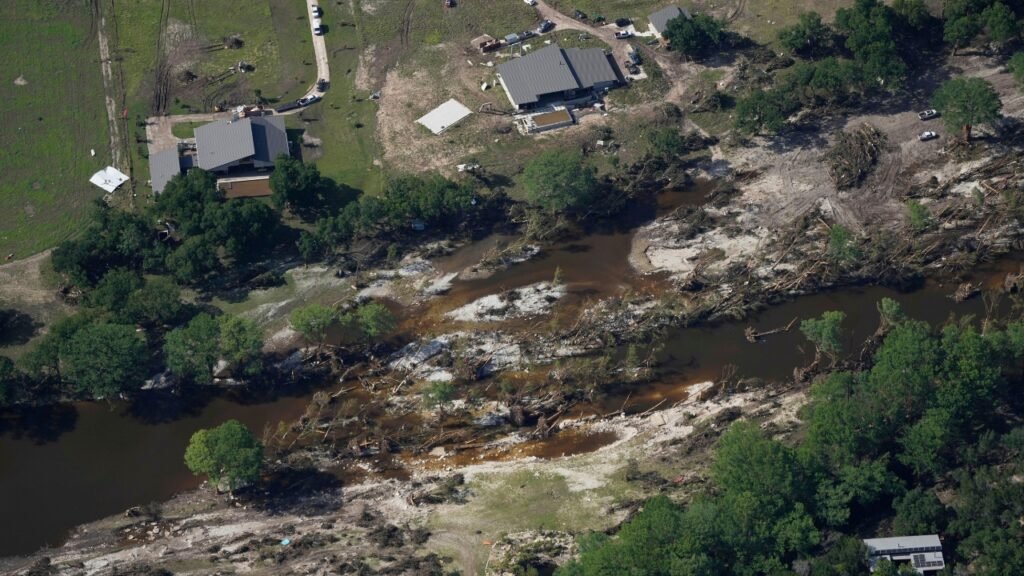
“The floods were expected, and we were ready,” said Eddie Gutierrez, a local brewery owner who watched in horror as the river swallowed neighboring houses. “It was hard to see, but within a day, the town was back to almost business as usual.”
How Wildfires Worsened the Texas and New Mexico Floods
The region’s vulnerability to flooding was significantly amplified by the wildfires that scorched Ruidoso the previous year. In June 2024, two massive blazes—the South Fork and Salt fires—burned over 10,000 hectares (25,000 acres) and forced mass evacuations. Hundreds of homes were destroyed, and many properties were abandoned.
The fires left behind large “burn scars”—barren zones where vegetation once soaked up rainwater. With the foliage gone, the charred soil became water-repellent, causing rainfall to slide across the surface like it would on concrete.
Weather agencies had warned that these burn scars would lead to dangerous runoff in future storms. And that warning proved true.
Life After Wildfires and the Texas and New Mexico Floods
Many of the homes destroyed in this year’s flood had already been damaged or abandoned due to the previous year’s wildfires. One of the houses seen floating down the river was among those still vacant, a tragic symbol of a community facing the cascading effects of climate-induced disasters.
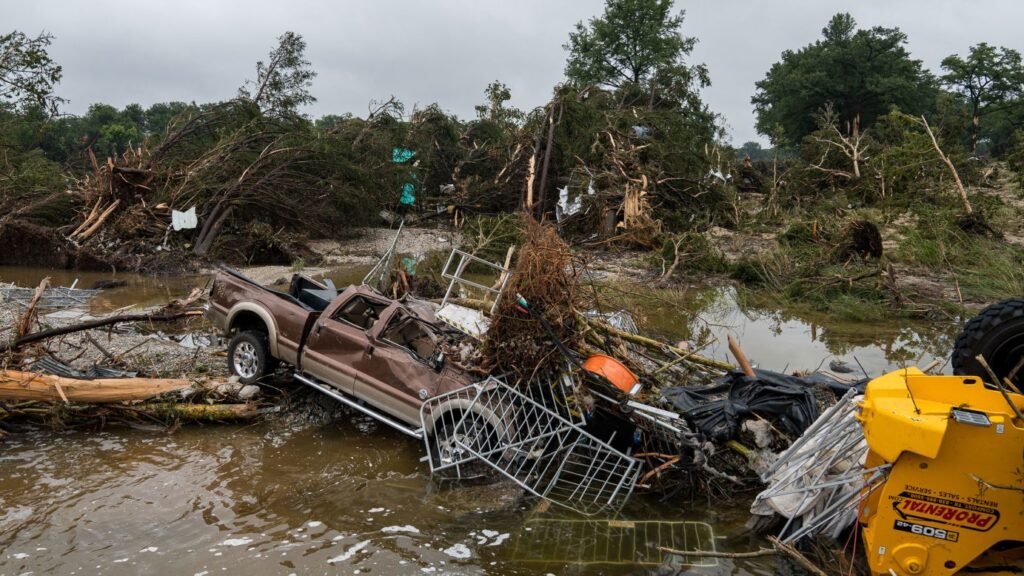
But Ruidoso’s residents have grown more aware of these recurring threats. Local officials had updated evacuation plans and informed citizens about possible post-fire flooding. Experts say this type of community-level learning is crucial to disaster survival.
Disaster Readiness Makes the Difference
Experts from climate and water institutes stress that disaster experience often leads to stronger readiness. When people experience a flood firsthand, they are more likely to heed future warnings, prepare evacuation routes, and safeguard properties.
“When a community lives through disaster, it adapts,” said Upmanu Lall, director of a U.S.-based water institute. “People who have been hit before tend to take future warnings more seriously.”
In Ruidoso, that preparedness translated to fewer casualties and quicker recovery—despite significant property damage.
Texas Flooding: A Tragedy Unfolds Without Warning
Just days before Ruidoso’s flood, Texas faced an entirely different scenario. A monstrous storm dumped nearly 100 billion gallons of water—more than Niagara Falls flows in a day—causing rivers to rise at terrifying speeds.
The most devastating impact occurred in the early hours of the morning. The Guadalupe River, a major waterway in central Texas, surged by 26 feet (8 meters) in less than 45 minutes—while many residents, including children at summer camps, were still asleep.
Caught off guard, communities across central Texas found themselves scrambling for safety. The human cost was immense: at least 119 lives lost, dozens still missing, and entire neighborhoods submerged.
A Lack of Preparedness in Texas Raises Questions
Unlike Ruidoso, many towns in Texas were not prepared for the magnitude of the flood. Officials and meteorologists were stunned by the volume and speed of the rainfall. Questions soon emerged:
- Why were flood warnings delayed or inadequate?
- Could early evacuation have saved more lives?
- Were emergency systems unprepared for a storm of this scale?
Joe Herring, the mayor of Kerrville, one of the hardest-hit towns, expressed deep frustration. “We didn’t even have a warning,” he told reporters. Many are now calling for urgent reviews of Texas’ flood warning systems.
Timing and Location Made the Texas Flood Deadlier
Several factors combined to make the Texas flood more lethal. First, the rainfall occurred just before dawn—a time when people are least likely to respond quickly. Second, some homes were built in low-lying areas close to the river, increasing their exposure to flash flooding. Lastly, the sheer volume of water was far beyond what existing drainage systems could handle.
These factors led to chaotic scenes as residents attempted last-minute evacuations and rescue crews rushed to save those trapped in rising waters.
The Role of Climate Change in Escalating Flood Risks
Both floods—though differing in outcome—point toward a worrying trend. Climate scientists have long warned that global warming will intensify weather extremes. Higher temperatures lead to more evaporation, increasing atmospheric moisture. That, in turn, results in heavier, more sudden rainfall.
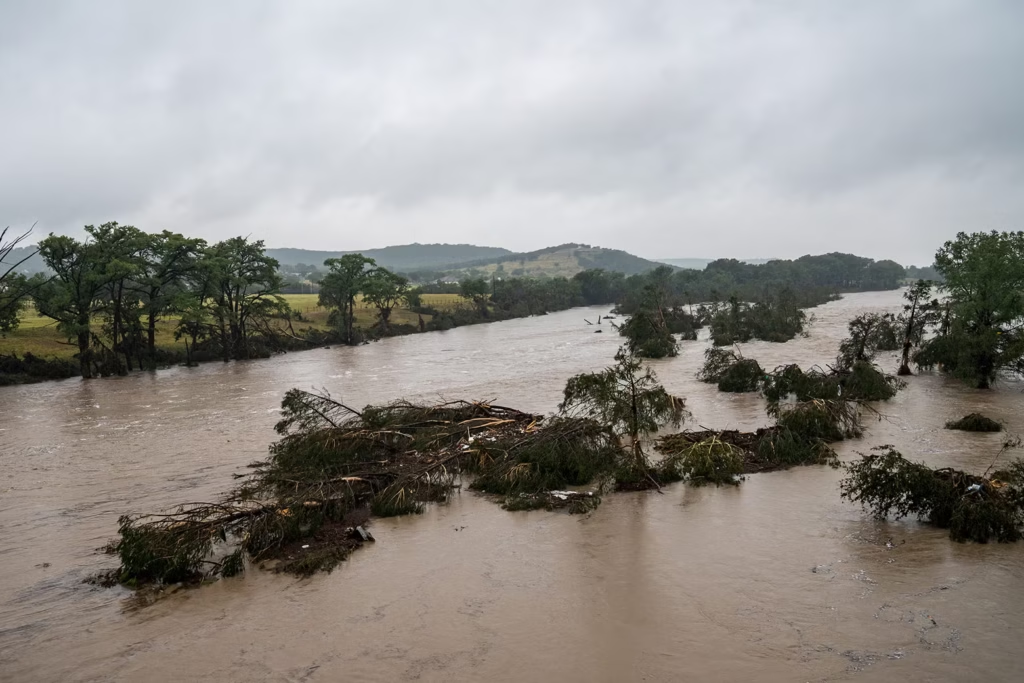
Combined with land-use changes such as deforestation, wildfires, and urban sprawl, communities are becoming more susceptible to flash floods.
From Tragedy to Action: What Comes Next?
The sharp contrast between the two flood events presents an urgent case study in flood management. New Mexico’s proactive approach—built from previous disasters—saved lives and minimized chaos. Texas, overwhelmed by the storm’s ferocity, now faces calls to overhaul its emergency systems.
As more regions face escalating climate threats, governments and communities must prioritize resilience planning. Investing in early warning systems, improving infrastructure, and educating the public could make the difference between survival and tragedy.
A Tale of Two Floods, and Lessons for the Future
The back-to-back floods in New Mexico and Texas offer a powerful reminder: while natural disasters are unavoidable, their impact can be shaped by human decisions. Preparedness, awareness, and swift action saved lives in Ruidoso. In contrast, delays and lack of readiness magnified the toll in Texas.
Both states now share a painful experience—but one has a blueprint for future resilience, while the other must urgently create one.
